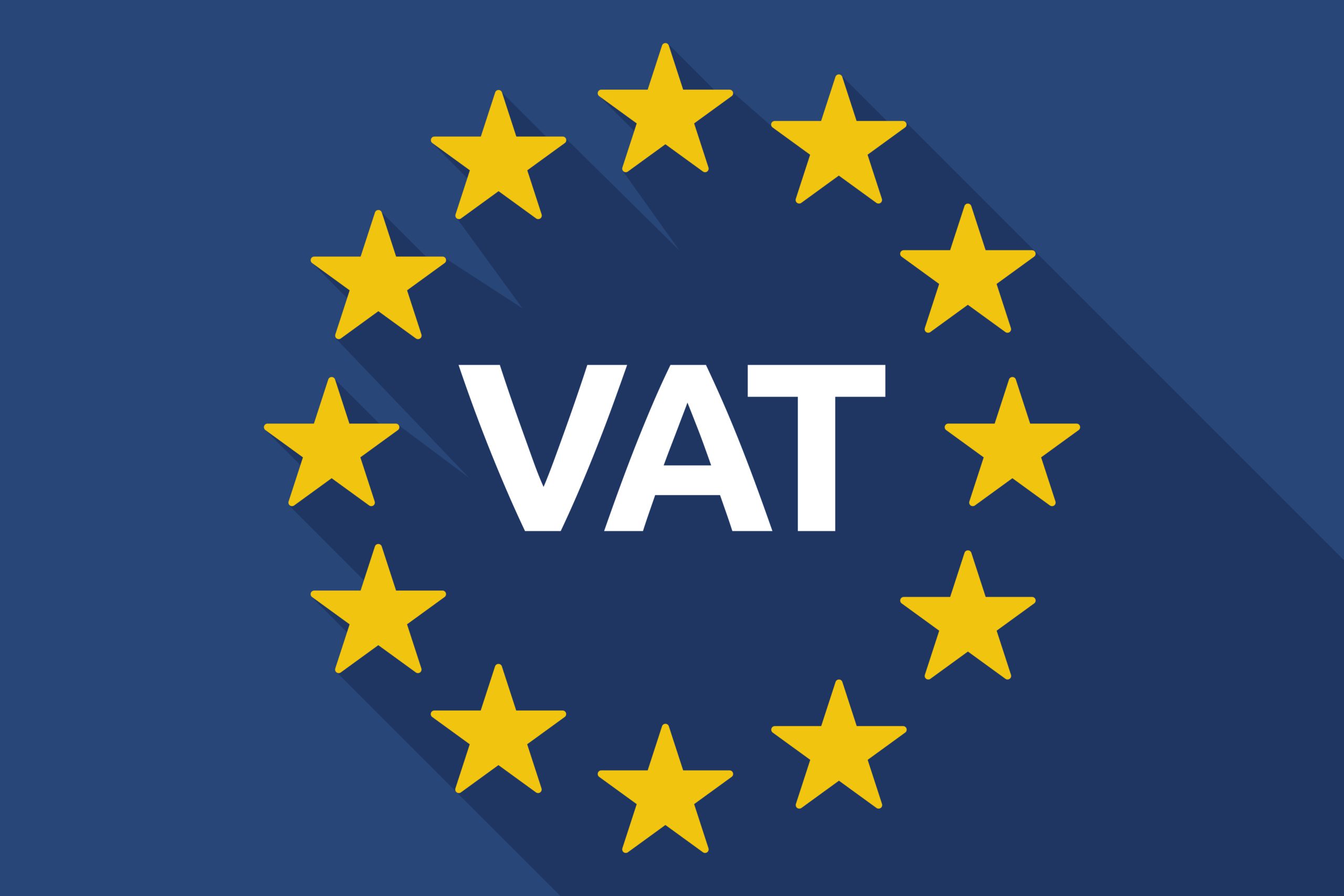
What are the new EU VAT changes?
Previously, VAT was applied to live-streamed and virtual events based on the location of the event itself, regardless of where the viewers were located or the status of the customer.
With effect from 1 January 2025, the provision of services such as live streaming of cultural, artistic, sporting, scientific, educational events, as well as online courses and conferences, provided to private individuals (i.e. not VAT registered), will now be subject to VAT where the customer is located.
The applicable VAT treatment for live streamed and virtual events will now be as follows:
- For Business-to-Consumer (B2C) supplies – the supplier will now be responsible to collect and remit VAT in the EU country where the customer is located. A pan-European €10,000 registration threshold applies for EU and NI businesses, and a nil threshold applies for non-EU established businesses.
- For Business-to-Business (B2B) supplies – the EU business recipient will continue to self-account for reverse charge VAT in their EU country of establishment.
This change is intended to bring the VAT treatment of virtual events into alignment with that of other telecommunication, broadcasting and electronically (TBE) supplied services (including streaming services or the delivery of other pre-recorded content).
What is an “Event” for VAT purposes?
To determine whether a business’s service offering falls within these new VAT regulations, it is necessary to determine what constitutes an “event” for VAT purposes.
Although EU VAT legislation does not clearly define the term “event,” the interpretation of this concept has been subject to review by both the Advocate General, the VAT Committee and the Court of Justice of the European Union (CJEU) with regards to the case of Skatteverket v Srf konsulterna AB CJEU (Case C-647/17)(March 2019).
The CJEU’s judgement in this case found that five-day accounting and management seminars provided by a Swedish company to private individuals in other EU Member States were taxable in each of those Member States as an admission to an “educational event” and subject to VAT where the customer was located.
In arriving at this decision, the CJEU considered a range of factors to determine what qualifies as an “event” for VAT purposes and these include:
- Short Duration – An event is more limited in scope than an ongoing activity. An event typically lasts from a few hours to, at most, seven consecutive days. Longer-term courses/ training, which span weeks or months, are less likely to qualify as events.
- Uninterrupted Activity – If a course runs over several consecutive days, it is more likely to be considered an event. A brief break in the schedule does not automatically disqualify it as such. In contrast, courses spread over several weeks with multiple breaks are less likely to be classified as events, falling instead under the category of training activities.
- Planning – Events are typically planned in advance, with a predefined agenda and specific subject matter. This distinguishes them from more open-ended activities that may offer a general framework for education
- Payment Method – The payment method – whether a subscription, periodic fee, or ticket – does not affect whether an activity qualifies as an event.
Businesses should carefully assess whether their services meet the criteria for an “event” under EU VAT regulations, taking into account factors like duration, continuity, planning, and the nature of the service.
What does this mean for providers of online events?
The VAT treatment for Business-to-Consumer (B2C) live streamed/virtual events has undergone significant changes, now requiring that VAT be due in the country where the customer is located. This shift will likely lead to increased compliance costs for businesses offering these services.
Suppliers of these events will now need to identify the location of their customers, and they may need to register and charge VAT in each EU country where their final customers reside (subject to relevant registration thresholds being exceeded).
There is a VAT registration simplification available, known as the VAT One Stop Shop (VAT OSS), to facilitate one single EU-wide registration to remit output VAT on supplies and to efficiently manage the VAT reporting for these services.
However, suppliers will face challenges in determining and monitoring the various applicable VAT rates across the EU for their service offerings which may impact pricing strategies, contracting processes, and invoicing procedures.
The impact on cross-border B2B supplies should be less significant, as business customers can continue to self-assess for VAT on the reverse charge basis in their country of establishment.
As the landscape for VAT compliance continues to evolve, seeking professional advice will be essential to navigating these changes effectively.
Should you require any assistance in this area, please contact us.






 Ireland is an attractive place to set up a Holding Company for many reasons as outlined below.
Ireland is an attractive place to set up a Holding Company for many reasons as outlined below.

 There are several annual reporting obligations for employers and trustees who operate share schemes for their employees which are due by 31 March following year end.
There are several annual reporting obligations for employers and trustees who operate share schemes for their employees which are due by 31 March following year end.